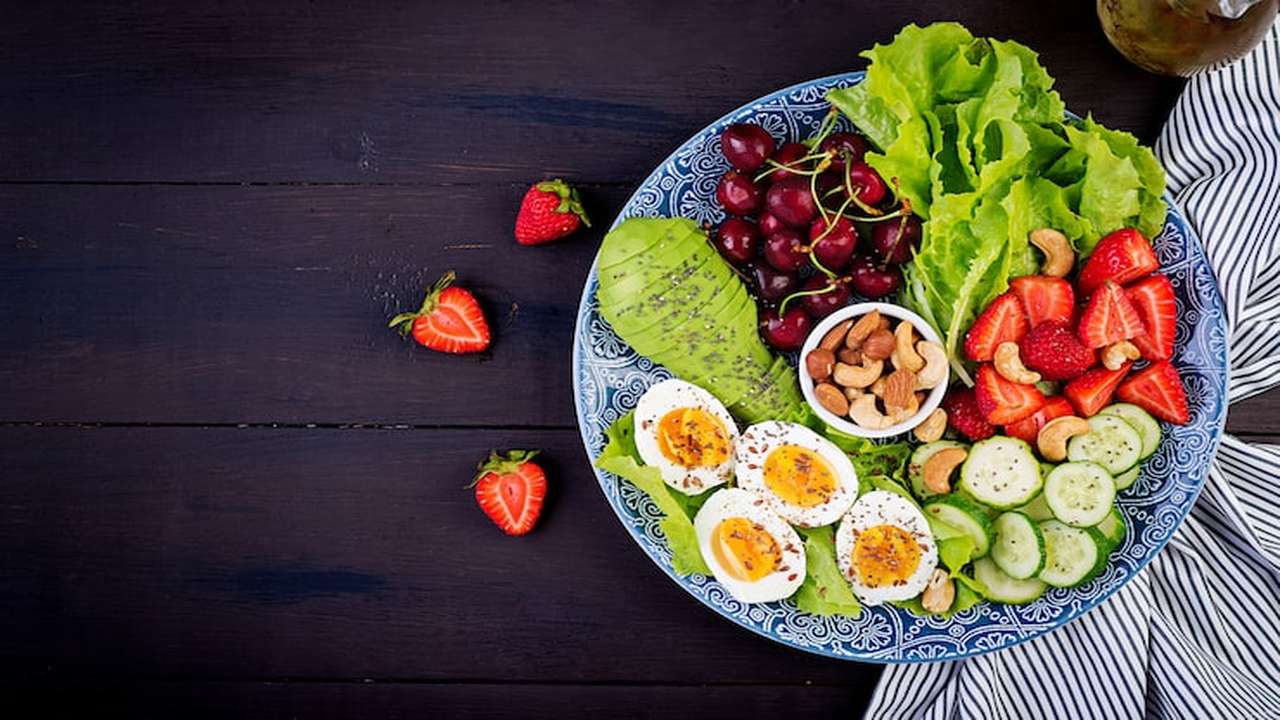 The food and beverage retail sector is hurtling through a whirlwind of change, driven by consumer demands for transparency, sustainability, and convenience, all while grappling with the impacts of climate pressures and geopolitical shifts. In this fast-evolving landscape, the top 5 F&B retail trends for 2026 are set to redefine industry norms. From the rise of health and wellness as a strategic imperative to the transformative power of AI-driven innovation and the critical need for cybersecurity resilience, retailers are facing a new era of complexity and opportunity. As global forces reshape strategies, agility, relevance, and execution will be the hallmarks of success for industry leaders in the years ahead.
The food and beverage retail sector is hurtling through a whirlwind of change, driven by consumer demands for transparency, sustainability, and convenience, all while grappling with the impacts of climate pressures and geopolitical shifts. In this fast-evolving landscape, the top 5 F&B retail trends for 2026 are set to redefine industry norms. From the rise of health and wellness as a strategic imperative to the transformative power of AI-driven innovation and the critical need for cybersecurity resilience, retailers are facing a new era of complexity and opportunity. As global forces reshape strategies, agility, relevance, and execution will be the hallmarks of success for industry leaders in the years ahead.
Health and Wellness
The health and wellness trend in the food and beverage retail sector is no longer just a passing fad; it has become a fundamental driver of consumer behavior. With a heightened focus on physical and mental well-being, consumers are increasingly seeking products that align with their personal health goals. This shift presents a dual challenge and opportunity for retailers like Waitrose. They must move beyond generic health claims and instead curate tailored offerings that cater to diverse health missions, from plant-based options to mental wellness support. By understanding and responding to these nuanced consumer needs, retailers can not only drive sales but also build long-term loyalty and trust.
The strategic implications of the health and wellness trend extend beyond product offerings. Retailers need to invest in transparent labeling, sustainable sourcing practices, and partnerships with health experts to validate their health claims. For instance, Waitrose can collaborate with nutritionists or wellness influencers to educate consumers on the benefits of their products. By integrating health and wellness into their core business strategies, retailers can differentiate themselves in a crowded market and position themselves as trusted partners in their customers' well-being journeys.
Convenience
Convenience has emerged as a pivotal factor shaping the modern food and beverage retail landscape. Consumers today prioritize ease of access and quick solutions, prompting retailers to rethink traditional store formats and service offerings. Waitrose, known for its premium quality and diverse product range, can capitalize on the convenience trend by enhancing its online ordering systems, expanding ready-to-eat options, and optimizing store layouts for efficient shopping experiences. By catering to the evolving needs of time-pressed consumers, Waitrose can strengthen its position as a preferred destination for convenient and high-quality food solutions.
The evolution of convenience in retail is not limited to physical store enhancements; digital innovation plays a crucial role in meeting consumer expectations. Retailers like Waitrose can leverage data analytics and AI technologies to personalize recommendations, streamline checkout processes, and offer seamless omnichannel experiences. By embracing digital transformation alongside physical convenience initiatives, Waitrose can stay ahead of the curve and deliver a holistic shopping experience that resonates with modern consumers.
Global Flavours
The demand for global flavors in the food and beverage retail sector reflects a broader shift towards cultural diversity and culinary exploration among consumers. As individuals increasingly seek authentic and diverse food experiences, retailers face the challenge of sourcing and curating a wide range of international products. Waitrose, with its reputation for quality and variety, is well-positioned to capitalize on the global flavors trend by expanding its selection of ethnic foods, partnering with local suppliers, and organizing cultural food events. By celebrating culinary diversity, Waitrose can attract a broader customer base and foster a sense of inclusivity within its stores.
The strategic significance of global flavors goes beyond product offerings; it involves understanding and respecting different cultural traditions and culinary practices. Retailers like Waitrose can engage with local communities, support small-scale producers from diverse backgrounds, and promote sustainable sourcing practices to ensure authenticity and ethical integrity in their global food offerings. By embracing cultural diversity not just as a trend but as a core value, Waitrose can create meaningful connections with customers and contribute to a more inclusive and socially responsible food retail industry.
Conclusion
In the dynamic realm of food and beverage retail, the convergence of health and wellness, convenience, and global flavors is reshaping industry paradigms. Waitrose exemplifies the strategic imperative for retailers to embrace transparency, innovation, and cultural inclusivity to meet evolving consumer demands. As 2026 unfolds, success hinges on agile responses to these trends, underpinned by a commitment to sustainability, ethical sourcing, and customer-centricity. By navigating this landscape with foresight and adaptability, industry leaders can not only thrive but also drive positive change across supply chains and communities, setting a new standard for a more conscious and connected future of F&B retail.